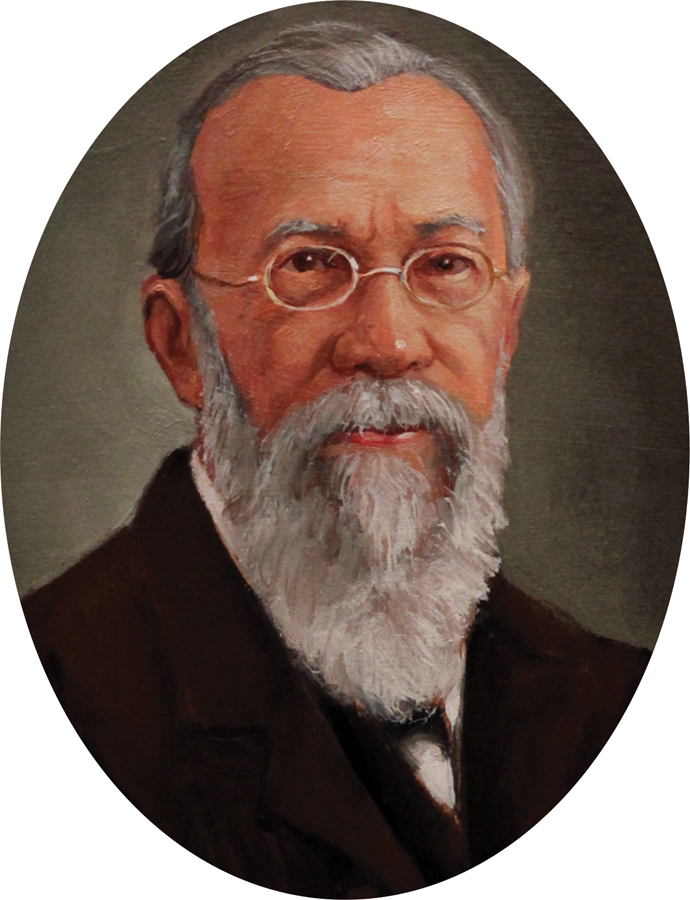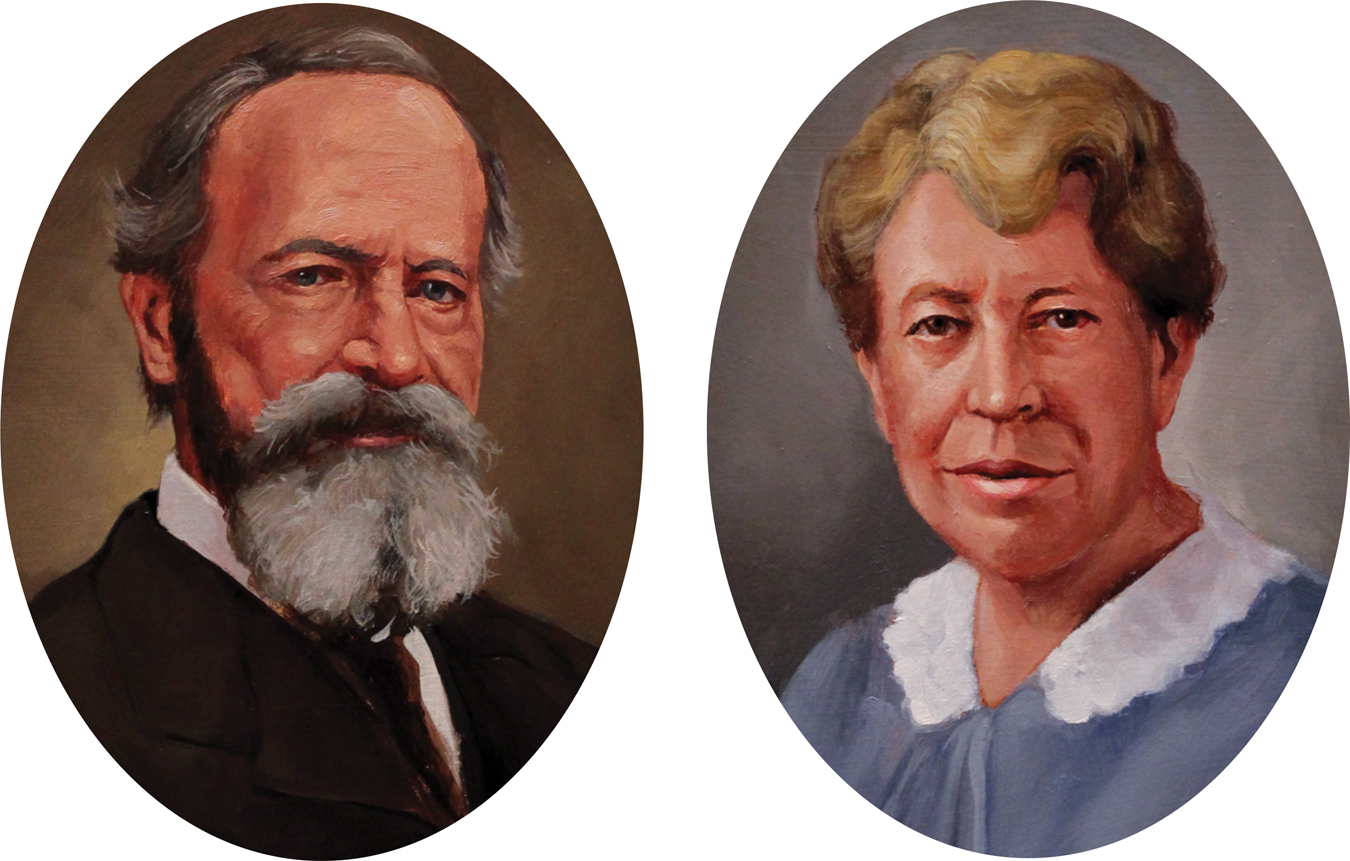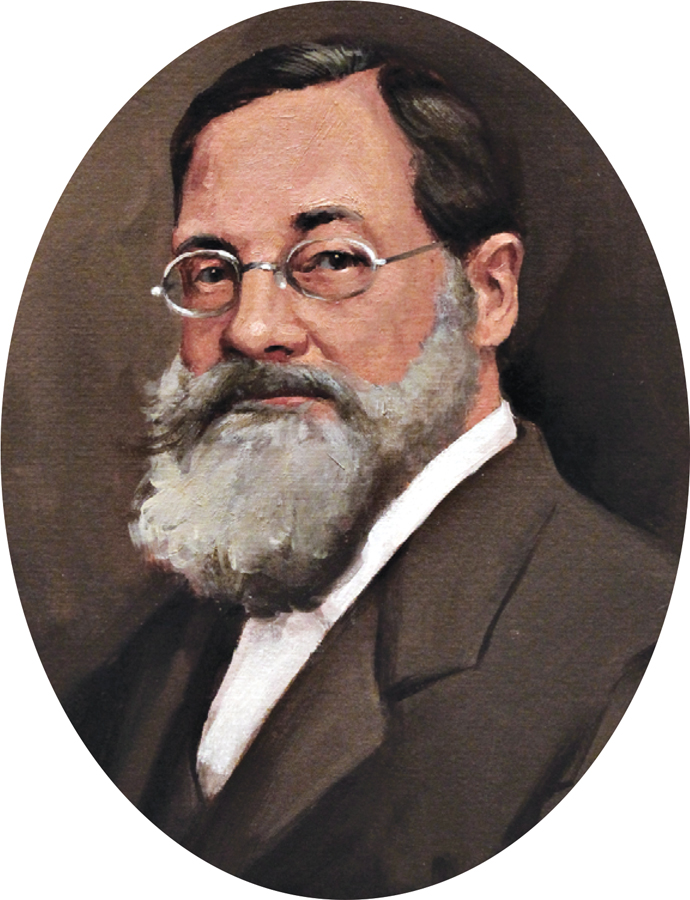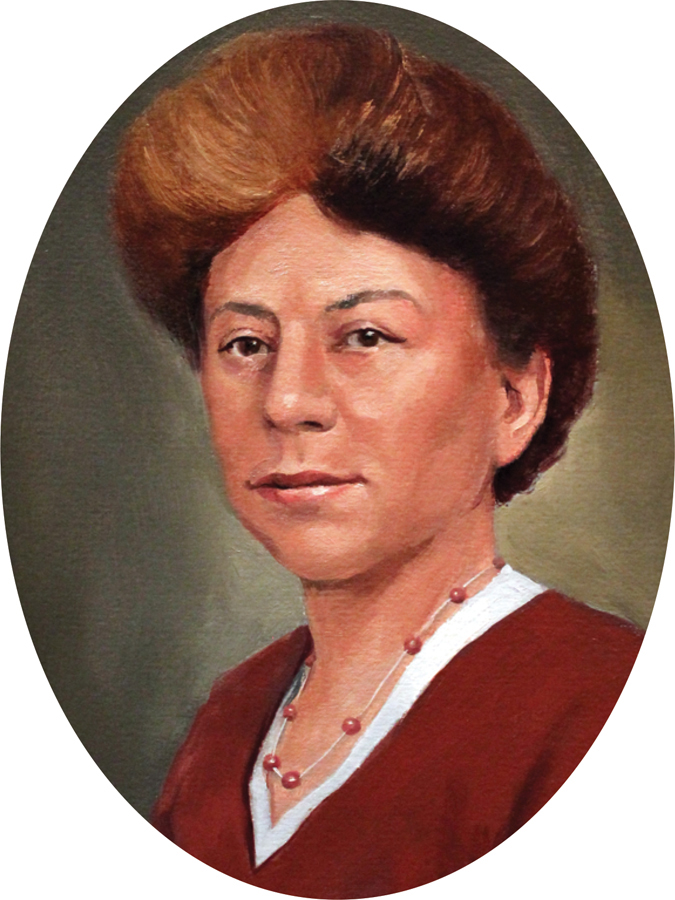1.1 Psychological Science Is Born
To assist your active learning of psychology, numbered Learning Objectives, framed as questions, appear at the beginning of major sections. You can test your understanding by trying to answer the question before, and then again after, you read the section.
1-
To be human is to be curious about ourselves and the world around us. Before 300 B.C.E., the Greek naturalist and philosopher Aristotle theorized about learning and memory, motivation and emotion, perception and personality. Today we chuckle at some of his guesses, like his suggestion that a meal makes us sleepy by causing gas and heat to collect around the source of our personality, the heart. But credit Aristotle with asking the right questions.
Information sources are cited in parentheses, with name and date. Every citation can be found in the end-of-book References, with complete documentation that follows American Psychological Association (APA) style.
Psychology’s First LaboratoryPhilosophers’ thinking about thinking continued until the birth of psychology as we know it, on a December day in 1879, in a small, third-
Throughout the text, important concepts are boldfaced. As you study, you can find these terms with their definitions linked throughout and in the Glossary section of the e-

Structuralism and FunctionalismBefore long, this new science of psychology became organized into different branches, or schools of thought, each promoted by pioneering thinkers. Two early schools were structuralism and functionalism.

STRUCTURALISM As physicists and chemists discerned the structure of matter, so Edward Bradford Titchener aimed to discover the mind’s structure. He engaged people in self-

FUNCTIONALISM Hoping to assemble the mind’s structure from simple elements was rather like trying to understand a car by examining its disconnected parts. Philosopher-
James’ writings moved the publisher Henry Holt to offer James a contract for a textbook of the new science of psychology. James agreed and began work in 1878, with an apology for requesting two years to finish his writing. The text proved an unexpected chore and actually took him 12 years. (Why am I not surprised?) More than a century later, people still read the resulting Principles of Psychology (1890) and marvel at the brilliance and elegance with which James introduced psychology to the educated public.

First Women in PsychologyJames’ legacy stems partly from his Harvard mentoring and his writing. In 1890, over the objections of Harvard’s president, he admitted Mary Whiton Calkins into his graduate seminar (Scarborough & Furumoto, 1987). (In those years women lacked even the right to vote.) When Calkins joined, the other students (all men) dropped out. So James tutored her alone. Later, she finished all of Harvard’s Ph.D. requirements, outscoring all the male students on the qualifying exams. Alas, Harvard denied her the degree she had earned, offering her instead a degree from Radcliffe College, its undergraduate “sister” school for women. Calkins resisted the unequal treatment and refused the degree. She nevertheless went on to become a distinguished memory researcher and the American Psychological Association’s (APA’s) first female president in 1905.
Study Tip: Memory research reveals a testing effect: We retain information much better if we actively retrieve it by self-testing and rehearsing. (More on this at the end of this module.) To bolster your learning and memory, take advantage of the Retrieval Practice opportunities you’ll find throughout this text.
The honor of being the first female psychology Ph.D. later fell to Margaret Floy Washburn, who also wrote an influential book, The Animal Mind, and became the second female APA president in 1921. But Washburn’s gender barred doors for her, too. Although her thesis was the first foreign study Wundt published in his psychology journal, she could not join the all-
RETRIEVAL PRACTICE
- What event defined the start of scientific psychology?
Scientific psychology began in Germany in 1879 when Wilhelm Wundt opened the first psychology laboratory.
- Why did introspection fail as a method for understanding how the mind works?
People’s self-
- ____________ used introspection to define the mind’s makeup; ____________ focused on how mental processes enable us to adapt, survive, and flourish.
Structuralism; functionalism